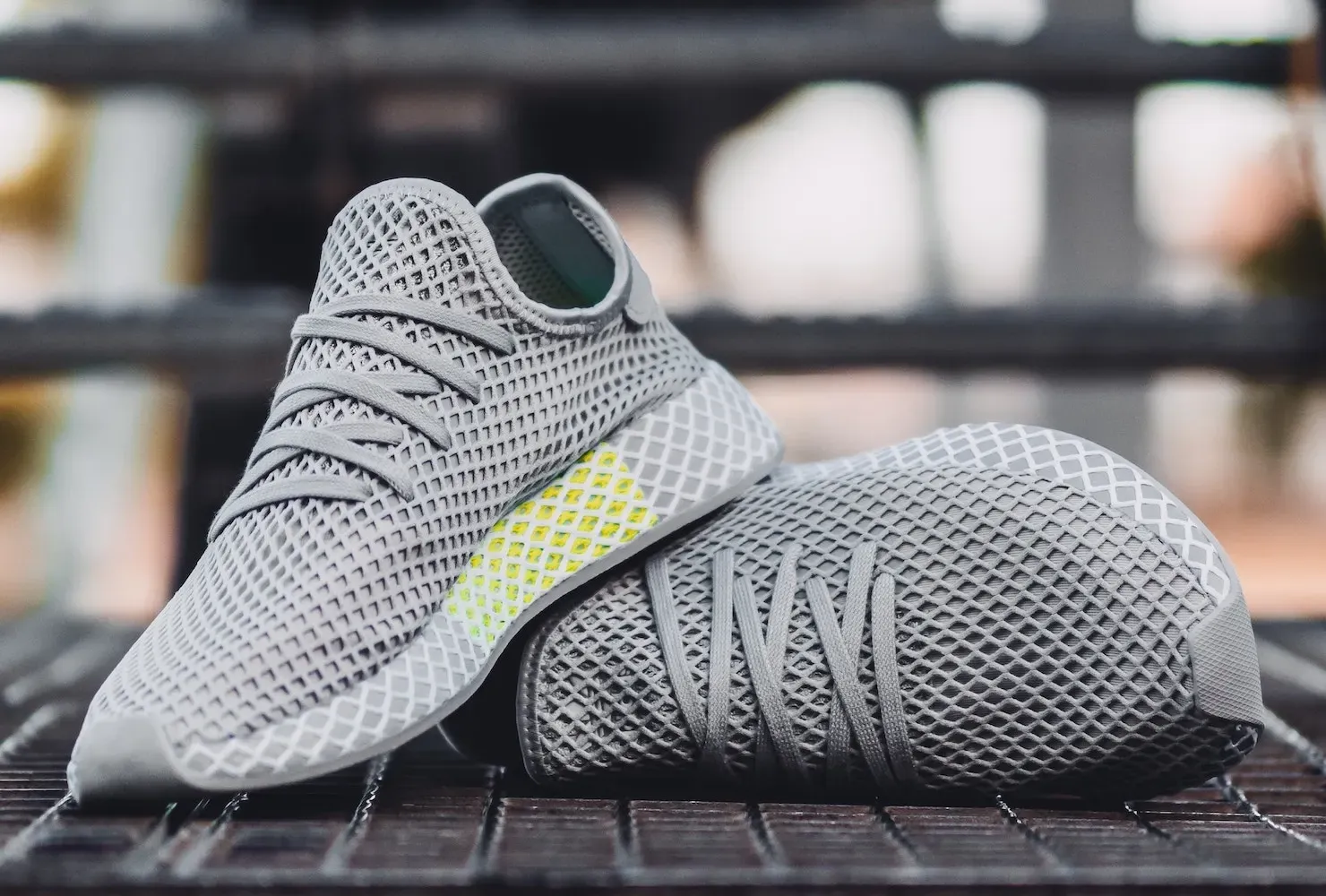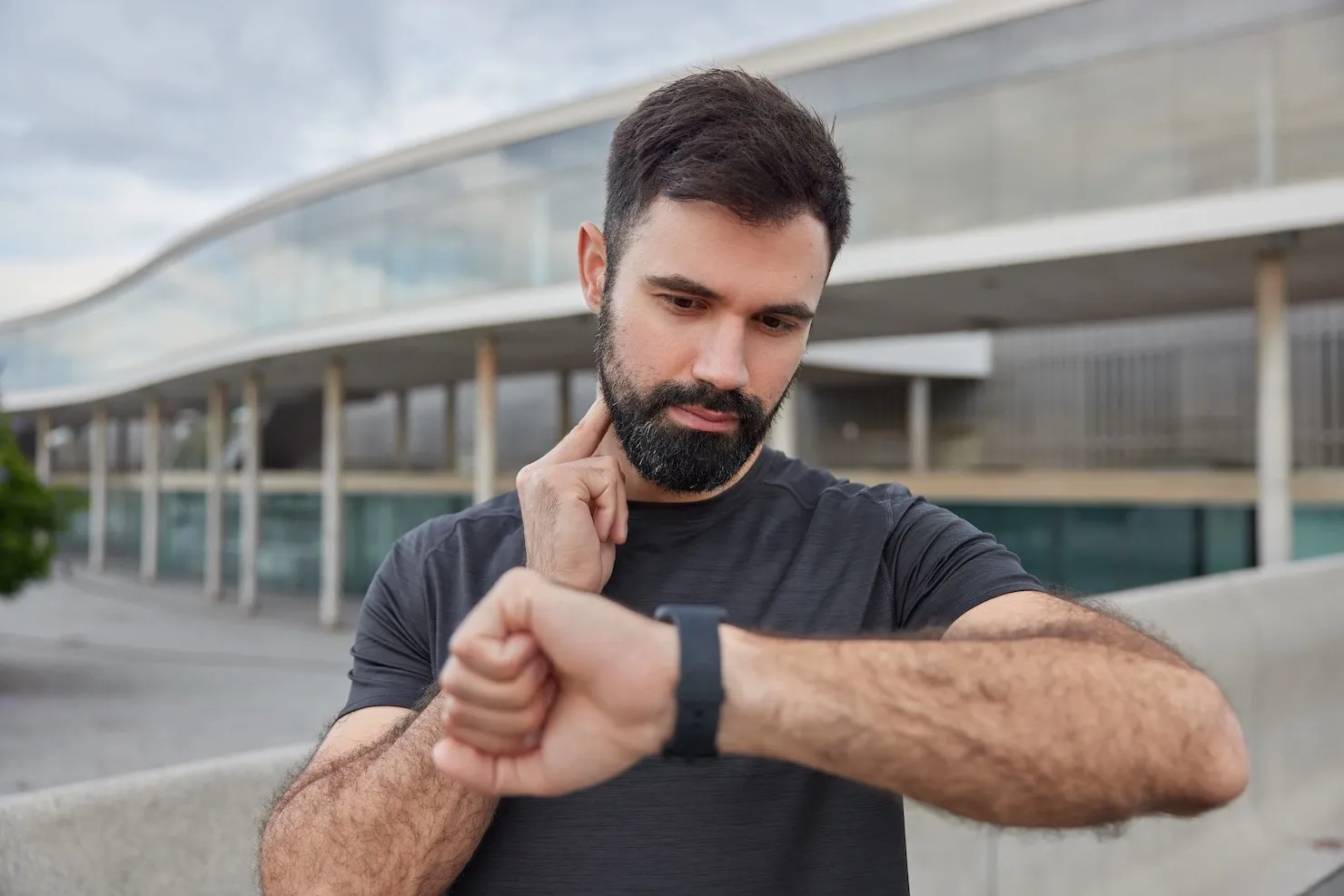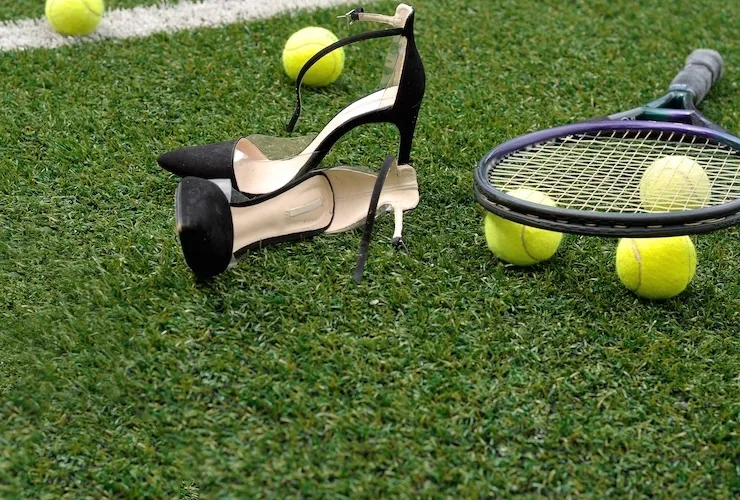Most runners have neutral, standard, ordinary feet, so most running shoes are made neutral. Common sense suggests that you can go with neutral running shoes if you do not require additional support or correction of foot mechanics.
Our article would end here if it were as straightforward as it seems. Instead, we encourage you to read the article thoroughly, especially the parts about who should and should NOT wear neutral running shoes.
What Is a Neutral Running Shoe?
A neutral running shoe is a footwear designed to provide enough cushioning, support, and stability for most standard runners’ feet without sacrificing the shoe’s weight and performance. The neutral running shoe allows the foot to move naturally without imposing structural stability features necessary for specific foot conditions, like overpronation, underpronation, or flat feet.
CRUCIAL TAKEAWAYS:
- Neutral running shoes are athletic footwear for feet without pronation and special medical conditions.
- Different neutral running shoes are available for daily training, workouts, race days, max cushion experience, etc.
- Neutral running shoes feel like an extension of your feet and promote a natural gait.
- Neutral running shoes are usually more lightweight and flexible than other types of footwear.
- Neutral shoes dominate the running footwear market, making buyers overwhelmed with the available options.
Understanding Neutral Running Shoe
Neutral running shoes usually feature four crucial characteristics that set them apart from different types of running footwear.
1. Neutral Arch Support. Unlike some other running shoes, neutral shoes do not feature special arch support. They suit runners with normal or high arches and neutral foot strike patterns.
2. Excellent Cushioning. Neutral running shoes typically provide balanced (4/5) or plush (5/5) cushioning, ensuring ample shock absorption to protect the feet and joints on different surfaces. The midsole cushioning is evenly distributed from heel to toe.
3. Superb Flexibility. Neutral running shoes are typically flexible, allowing quick transitions from heel to toe. The flexible midsole of neutral running shoes delivers a more comfortable and energy-efficient running experience.
4. Relatively Light Weight. Neutral shoes are relatively lightweight and don’t have extra support features and technologies. The lightweight nature of these shoes reduces the weight burden on the feet during long-distance runs, empowering better endurance and comfort.
Types and Examples of Neutral Running Shoes
There are three essential types of neutral running shoes:
- Versatile daily trainers, like Brooks Ghost 15 or Asics Nimbus 25
- Lightweight speed shoes, like Adidas Takumisen 8
- Supershoes for a race day, like Nike Vaporfly NEXT% 2
Also, prominent brands added max cushion shoes to their lineups, like New Balance More v4.
On top of that, neutral shoes can be grouped by strike pattern (midfoot and heel strikers), distance (5K/10K on long-distance), wide- and narrow-foot or plated/non-plated shoes.
Benefits and Drawbacks of Neutral Running Shoes
How Neutral Running Shoes Differ from Other Types of Running Shoes
Neutral running vs. stability shoes
Stability shoes are designed for runners who overpronate, meaning their feet roll excessively inward during running. These shoes typically have additional support features to correct inward rolling, such as:
- wide midsole platform
- layers of firmer foam
- deepening in the heel cup
- plastic frames, etc.
On the other hand, the excessive support makes the stability shoes heavier, bulkier, and less flexible compared to neutral running ones. You can log many safe and comfy miles in stability models, but they aren’t suitable for picking up the pace or racing.
Neutral running vs. motion control shoes
Motion control shoes are designed for runners with special foot conditions, like severe over- or under-pronation, flat feet, heel spurs, foot surgery, etc. They deliver maximum stability and support to control excessive foot motion and correct foot mechanics. The motion-control shoes feature stiff midsoles and special insoles. However, they are stiff and heavy compared to neutral running ones.
Different types of motion-control shoes are tailored to tackle specific health conditions—consult with the physician before purchase. A runner with standard feet can wear motion-control shoes for walking, but running with them will be challenging compared to neutral running shoes.
Who Should Wear Neutral Running Shoes?
#1 Seasoned runners with settled running technique
Ideal people with perfect feet do not exist. Almost every runner, especially in the early stages, have a little inward or outward foot pronation. Over time and mileage, the joints and muscles gain strength, and the stride becomes more neutral and sustainable. That’s why neutral running shoes are an excellent choice for runners with at least a year of running experience.
#2 Beginners with neutral pronation and high arches
If you have less than a year of running behind, but your feet are standard, you will likely be good with neutral running shoes too. You can verify that by checking if your footwear wears down equally inside the shoe and on the outside. Although, consider neutral models with extra stability and support anyway, like Brooks Ghost 14, Hoka Clifton 9, or Asics Gel-Nimbus 25.
Who Should NOT Wear Neutral Running Shoes?
A few red flags trigger that the neutral running shoes aren’t the best choice for you.
1. Not sustainable running technique
Your feet should always stay parallel to each other while running. You should touch the ground with your heel or the whole outsole first and then transition to your toes. These are the two most common reasons for runners with neutral feet to roll the foot inside or outside. Runners usually start the race with the correct stride but finish with not the perfect one.
2. Your footwear wears down unequally on the sides
Check the heel part of your regular footwear from the inside. If you notice the traces of wearing down only on the left or right side, your feet are pronating. If so, take a deep breath and relax; it isn’t a disease. Just pick the running shoes with extra stability as your next few pairs. Your running technique will correct over time with proper shoes, and you will be comfortable and safe with any neutral running shoes ever since.
FAQ about neutral running shoes
Can I use neutral running shoes for other activities besides running?
While neutral running shoes are tailored for running, you can use them for different activities like gym workouts or everyday wear. No worries, your running shoes won’t accidentally run without you noticing 🙂 However, if you multitask them instead of using every other day, they will wear down sooner and lose performance quicker.
How often should I replace my neutral running shoes?
The lifespan of running shoes depends on mileage, frequency of use, runner’s weight, and initial shoe durability. A general guideline is to replace running shoes every 400-600 miles or when you notice signs of wear, like loss of cushioning, worn down outsole, and pain in feet, legs, or knees after running.



